
From passive to proactive: The evolution of ventilation with IoT sensors Old school fresh air systems used to run on set timers or required someone to manually adjust them, usually responding to bad air quality only after people started feeling unc...
VIEW MORE
Indoor Air Quality (IAQ) Degradation in Sealed Modern Homes and Needs to Fresh Air System These days, most modern homes are built to be super energy efficient with really tight seals, but this comes at a cost. The problem is that all these air-tight...
VIEW MORE
The Hidden Crisis of Indoor Air Quality and Why Fresh Air System Matters Understanding Indoor Air Quality (IAQ) and Its Impact on Health These days, modern homes built with energy efficiency in mind tend to be super insulated, but this comes at a co...
VIEW MORE
Protecting Health with Superior Indoor Air Quality How Fresh Air Systems Reduce Allergens, Pollutants, and Viral Risks Innovative fresh air systems combat these risks through multi-stage filtration, with research showing MERV 13 filters ca...
VIEW MORE
Why Indoor Air Quality Matters: The Health and Performance Impact of Fresh Air Systems Understanding ventilation and indoor air quality dynamics Good ventilation works by swapping out stale indoor air for fresh air from outside, which helps cut down...
VIEW MORE
The Hidden Dangers of Indoor Air Pollution: Why Fresh Air Systems Are Essential Understanding Indoor Air Quality and Its Impact on Health The way we live today keeps pollutants trapped inside our sealed environments, sometimes reaching levels 100 ti...
VIEW MORE
The Hidden Crisis: Indoor Air Quality and the Need for Fresh Air Systems Understanding indoor air quality (IAQ) management in residential buildings Managing indoor air quality really starts with understanding how pollutants tend to gather in closed ...
VIEW MORE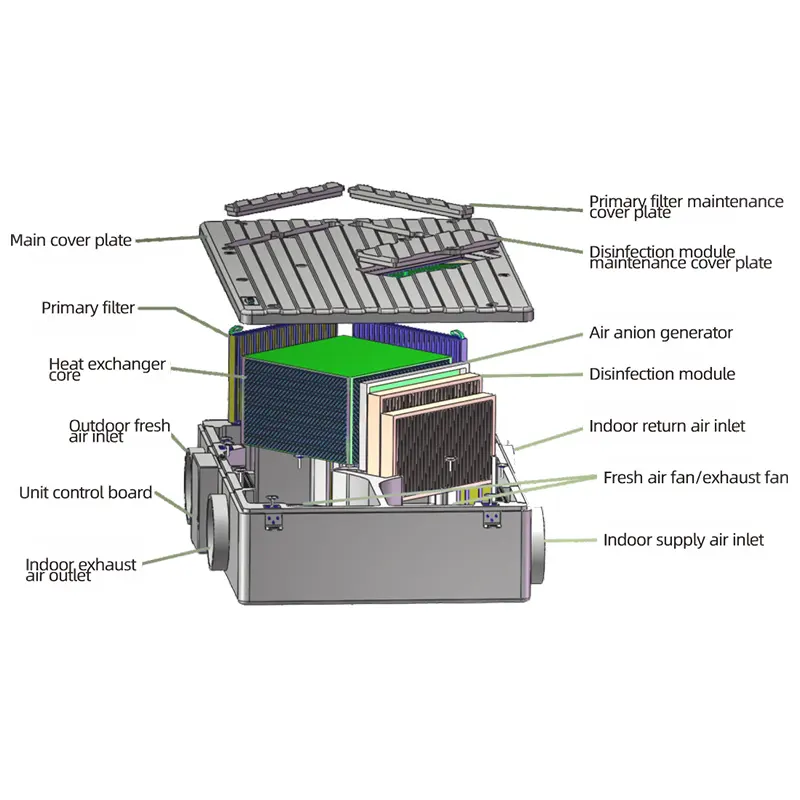
Smart building technology integration is revolutionizing EPP (Energy Recovery Ventilator) innovation with embedded IoT sensors that provide ongoing data to and from ventilation equipment and building automation systems. That connectivity enables ven...
VIEW MORE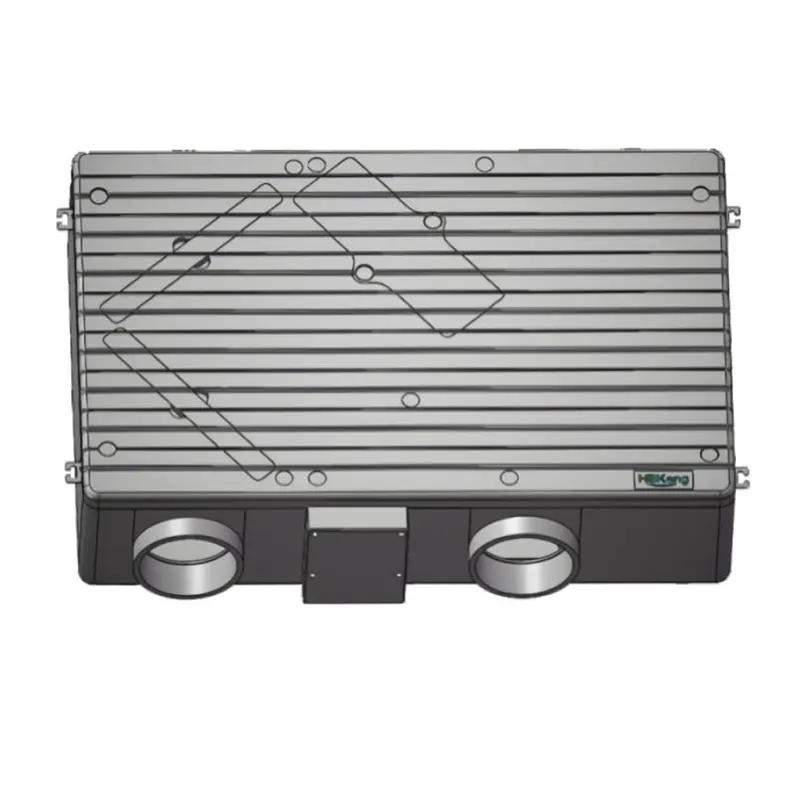
Heat Exchanger Design: Plate vs. Rotary Mechanisms Fixed-plate heat exchanger with polymeric plates are implemented in the EPP Energy Recovery Ventilator instead of the conventional rotary wheels or metal plates. The deceleration plate eliminates mo...
VIEW MORE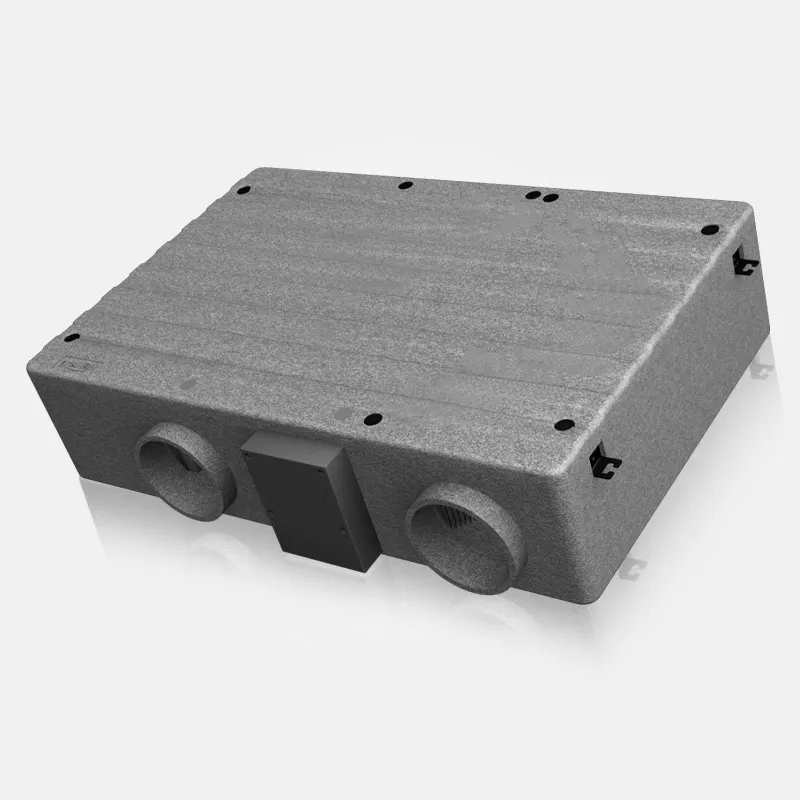
What is an EPP Energy Recovery Ventilation (ERV) System? ERV systems, short for Energy Recovery Ventilation systems, are sophisticated HVAC devices that exhaust stale indoor air as they bring in outdoor air, all the while exchanging heat and moistur...
VIEW MORE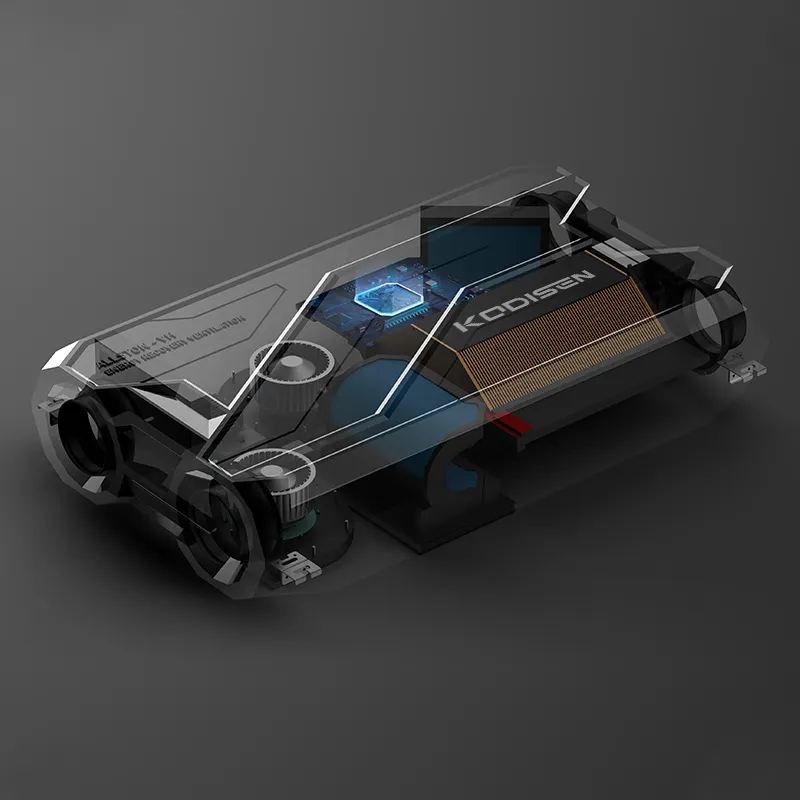
Fundamentals of EPP Energy Recovery Ventilation Systems Energy Recovery Ventilation (ERV) systems optimize indoor air quality while conserving energy through sophisticated air exchange technology. These systems continuously replace stale indoor air...
VIEW MORE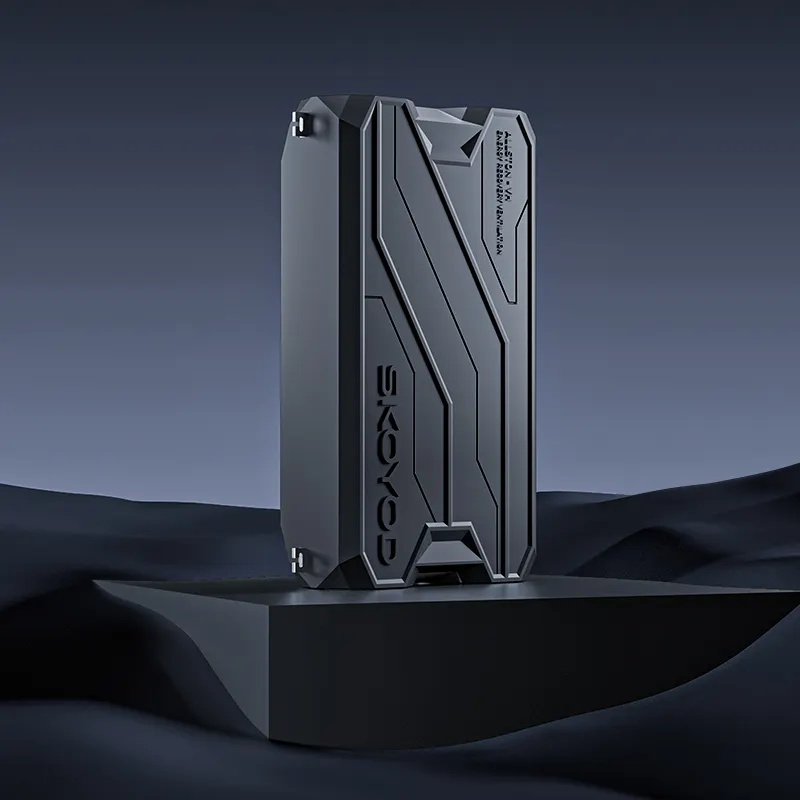
1. Revolutionizing Energy Efficiency with EPP Energy Recovery Ventilator and ERV Systems Heat Recovery Mechanisms in EPP Technology EPP ERV utilizes a polymer-based heat exchanger that recovers up to 90% of energy in the exhaust air. These cores ef...
VIEW MORE